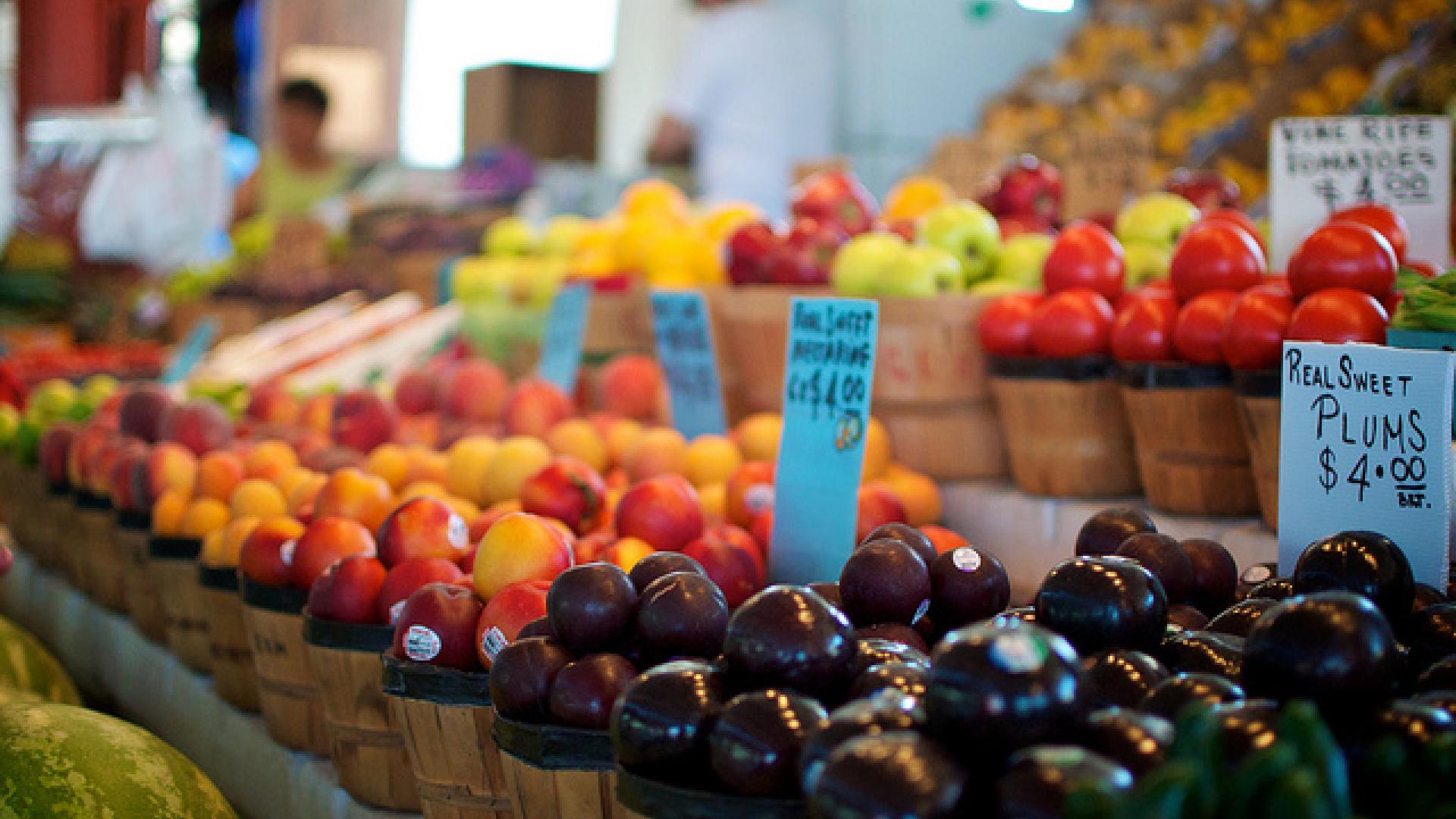How often do we think of economics as a tool that can help solve every day social problems? Not that much I guess. Yet, economics is about almost everything that people do. And sometimes we can see elegant solutions to very complex social problems that affect ordinary people in their everyday lives that were designed by economists.
I’d like to share a story of how economists designed a whole new market for one hunger-relief charity and united those on the left and the right politically on the way.
It's 2005 and we are in the US, where Feeding America, one of the largest charities, is allocating more than 60,000 tons of food donated each year to its food banks nationwide. This large network of food banks in the States managed to build an impressive number of food manufacturers as donors, and yet the charity was struggling to supply all of its food banks. The question was why. This is how the system worked:
The charity allocated food centrally. Headquarters would call up the food banks in a priority order and offer them a truckload of food. Oddly, all food was treated equally regardless of its nutritious value, so a pound of beef was the same as a pound of cucumbers. Once a food bank accepted the truck offer, it paid for the transportation and had a truck sent to it. In cases when an offer was refused, headquarters would consider this food bank a low priority.
There were almost no rejections. Even if you have plenty of cereal already, you would rather accept another truck of it than be pushed down to a low priority list and wonder when there will be a next call. That is because food banks received on average 20% of their supplies from Feeding America, and did not want to risk losing 20% of their supply.
The problem was that Feeding America left the food banks with little flexibility. Instead of offering a range of available options, the centralised system would tell the food banks what they got. This Soviet-style system was not helping to feed Americans - the charity headquarters simply had too little information about the real needs of their food banks.
In 2005 Chicago economists, who specialise in distribution of scarce resources, started developing an auction-based market place to allocate the food. Their idea was to invent an online electronic non-cash bidding system to allow food banks to compete for trucks of food they actually need. They did not, however, use the word “compete” - there was plenty of resistance to this idea from food banks without it. Those on the left argued that such an auction system would simply mirror the unfairness of capitalism.
But the beauty of designing a market is that one can take these concerns into account and make a system fit for both free market fans and those after a more egalitarian world. This is how it worked:
Every day the algorithm allocates “shares”, an internal currency, to every food bank participant depending on the population and level of poverty in its area. They can bid on any of the 30-40 truckloads with their currency. To prevent large food banks from taking advantage over small ones due to higher numbers of staff, the bidding could only happen twice a day at an agreed time. The food bank that bid the highest won - just like on eBay.
Winners get the food they need and all the shares spend on this day are reallocated back to all food banks at night. Those food banks that did not bid today would have more shares tomorrow. It means that if a big food bank spent a fortune on a truck with chicken, smaller food banks would have more shares in their accounts after redistribution next morning.
Moreover, smaller food banks were allowed to bid together on one truck to save on transportation costs and to avoid overloading their storages. As food banks were able to choose the food they needed at a given day, chances of short-lived food being off before it reaches those who need were minimal.
Within six months of the launch of the auction system, 97% of food banks won at least one load and the total amount of food allocated from headquarters increased by 35%. After a few years the market designed by Chicago group worked as smoothly as eBay. Even those in the charity who worried most about the fairness of the new approach agreed that the new auction system worked.
Very few charities currently enjoy employ or consistently make use of economics, not many economists jump in to help charities either, which is why the establishment of Pro Bono Economics comes in handy. Yet in a way, it is understandable. If professionals in the non-profit world were big fans of markets, they would probably work somewhere else.
But maybe the non-profit sector and economists can help each other. Charities try their best to make the biggest possible impact with relatively few resources. Market economists, on the other hand, are eager to help out with complex issues by studying interesting data sets, and providing models for efficient problem solving. Perhaps if there were more opportunities for interaction between charities and economists, stories like the success of Feeding America’s auction system would be more common.

